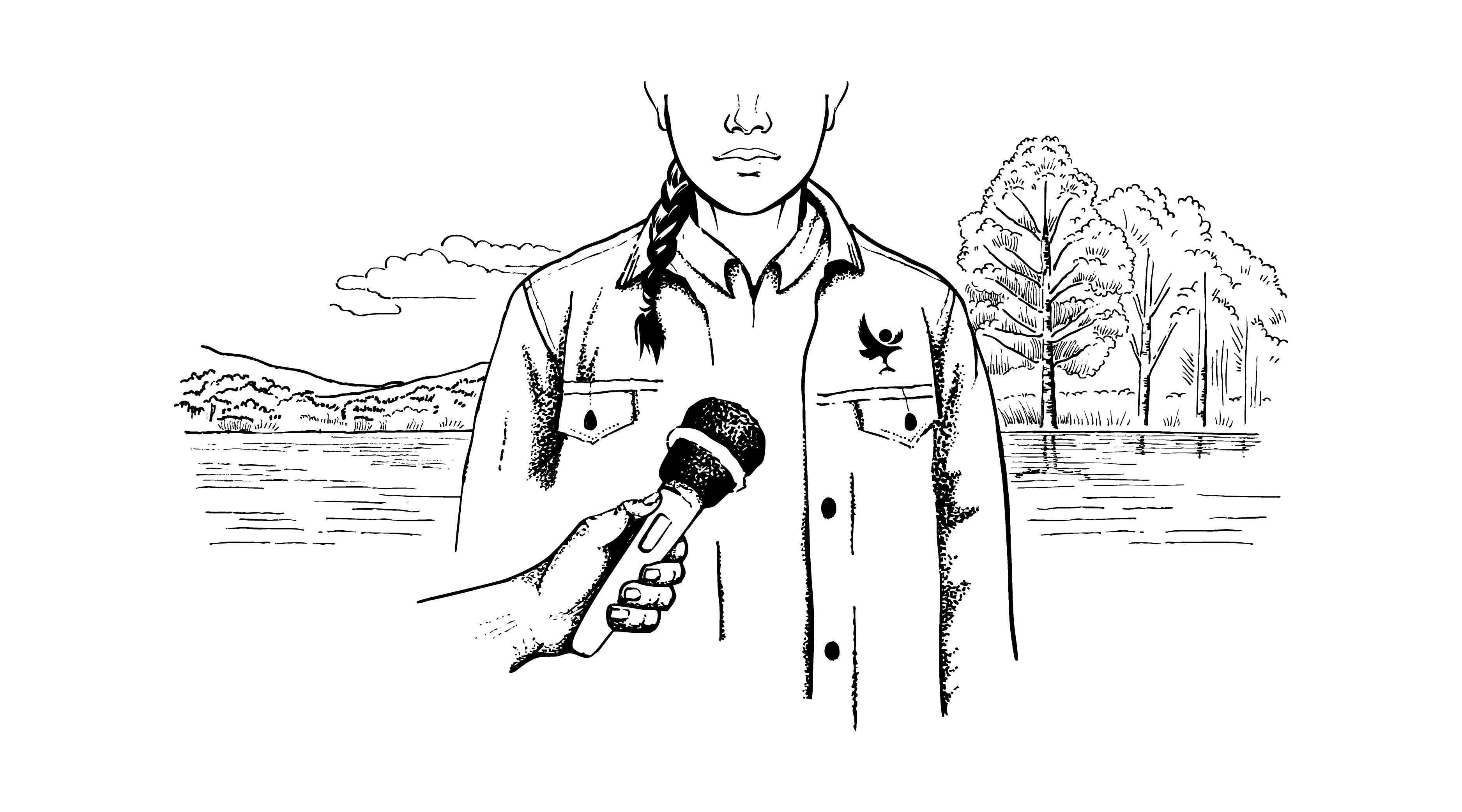Joined-up approach to land management is the only way forward

Joined-up approach to land management is the only way forward
The creation of Scotland’s national parks is an opportunity to develop a more joined-up approach to countryside management, according to the Chief Executive of the Cairngorms National Park Authority.
Speaking at a major land conference in Edinburgh, Jane Hope CNPA Chief Executive, told delegates of the challenges faced by the CNPA in trying to bring together the many different interests associated with the management of the Park’s landscape and the benifits derived from a partnership aproach.
“With the creation of National Parks in Scotland we have the opportunity to adopt a more joined-up approach to countryside management. The Cairngorms National Park Authority was not set up to duplicate the work of all the other agencies, organisations and businesses operating within the Park but to bring them all together so that a co-ordinated and integrated approach to land managment can be acheived.
There are lots of legitimate public and private interests operating within the Park but we hope, that over time, there will be greater acceptance of the fact that a very wide range of people have legitimate interests in the countryside and that the Cairngorms National Park is for everyone – not just the fit and the few.”
As part of its response to the consultation on the reform of the Common Agricultural Policy (CAP), the CNPA recognised an urgent need to undertake work on the pricing and purchasing of public goods from farmers in the area and is now looking at how this could be extended to other landowners.
“Landscape is an interesting case of a public benifit. It is widely available and is a product of man and nature. Its basic structure has been there for thousands of years but man can, and does influence it significantly and that is why payments to land managers to help create and maintain particular landscapes and habitats can be in the public interest”
The Royal Society of Edinburgh organised the ‘Scotland’s Land Conference’ with support from Scottish Natural Heritage.
Latest from the National Park
Update on wildfire situation
Convener Sandy Bremner and Chief Executive Grant Moir have given an update on the ongoing wildfire situation.
Statement on wildfires
An update from Grant Moir, Chief Executive of the Cairngorms National Park Authority, on the ongoing wildfires in Moray and Highland.
New Nethy houses get green light
Meeting in Ballater, the Planning Committee approved applications for a development of 35 houses in Nethy Bridge and a floodplain restoration scheme on the River Dee.




